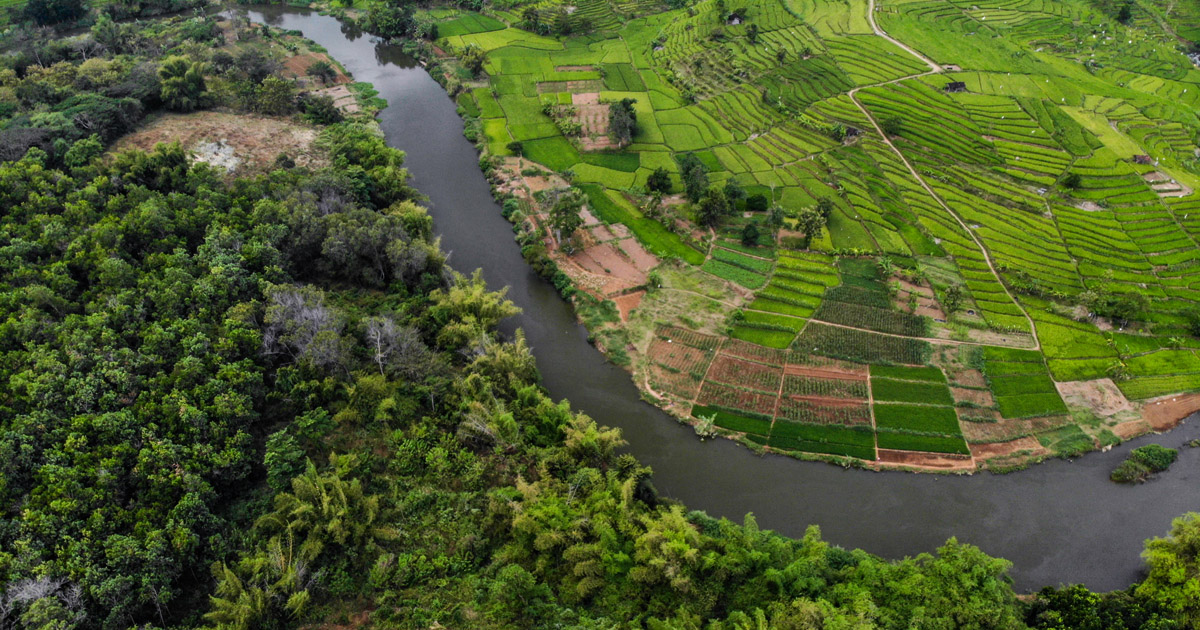In several regions of the Congo Basin the call of an endangered duiker is traditionally used by hunters to attract animals. We explore the possibility to standardize this call method to improve day time transect counts. Our study shows that the call is particularly efficient for the most common duiker species [Philantomba monticola (previously Cephalophus monticola), Cephalophus callipygus and Cephalophus dorsalis]. The call increases the number of direct sightings in secondary forests and counterbalances the bias caused by vegetation density in classic day time counts. The method is more effective during the first 4 min of the call and from 9.00 to 11.00 hours, particularly during the dry season. Hunting using the call does not significantly increase the sex bias (more males killed) obtained without the call. Compared with day time visual counts, the call method ensures a more reliable species identification because animals are better seen and for a longer time. Derived from a traditional practice, the call can be easily appropriated by local communities in participatory duiker surveys. However, the method is not recommended when multi-species surveys are to be carried out or when densities are to be estimated because the area surveyed per unit call is unknown.
DOI:
https://doi.org/10.1111/j.1365-2028.2008.00999.x
Altmetric score:
Dimensions Citation Count:























